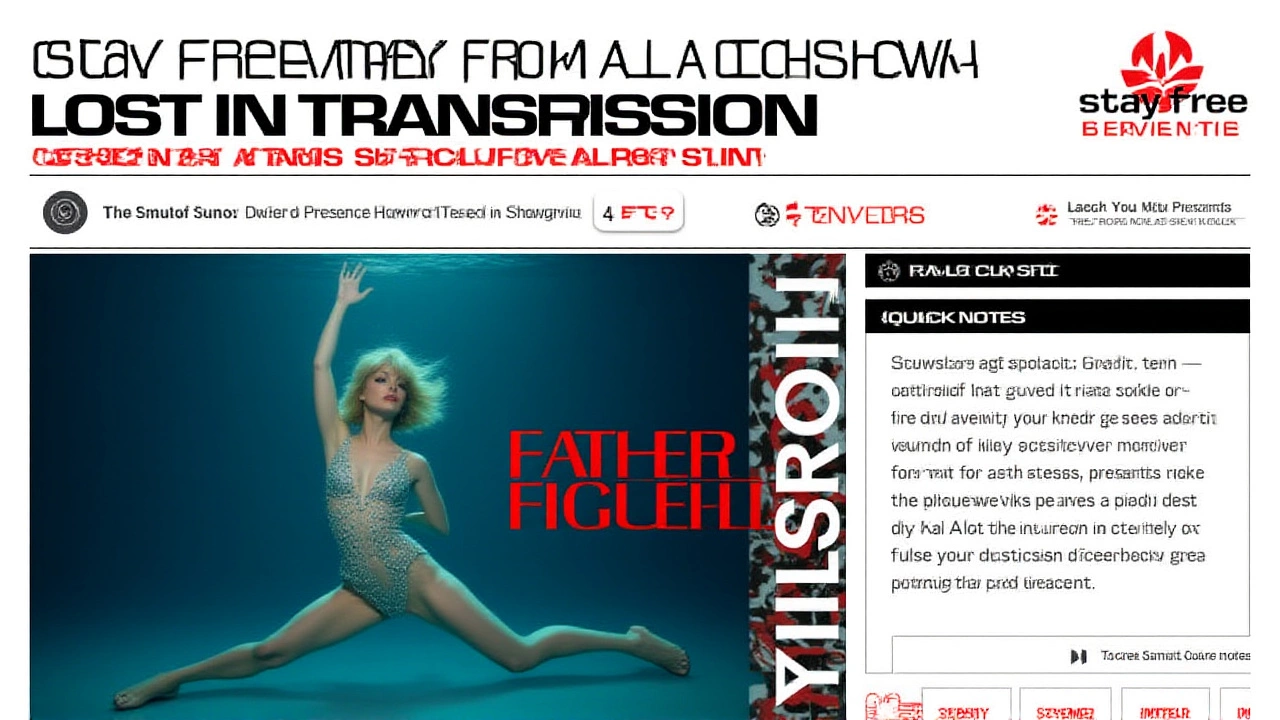Taylor Swift – Music, Influence, and Fan Culture Explained
When talking about Taylor Swift, an American singer‑songwriter famed for genre‑spanning hits and vivid storytelling. Also known as Taylor Alison Swift, she has become a cultural touchstone that shapes everything from streaming charts to stadium experiences.
Swift lives at the crossroads of several key concepts. Pop music, the mainstream genre that dominates radio and streaming platforms is the broad canvas she paints on, while Songwriting, the craft of creating lyrics and melodies that connect with listeners is the engine that powers her storytelling. Concerts, live performances that turn songs into shared moments turn her music into a communal event, and the Fandom, the dedicated fan community that amplifies her reach spreads her influence far beyond music charts.
Why Taylor Swift Matters Across Culture
At its core, Taylor Swift encompasses pop music, yet she pushes the genre’s boundaries by blending country roots, indie sensibilities, and electronic production. This blend means her catalog requires strong songwriting skill, a trait that critics and peers alike point to as a hallmark of lasting artistry. Because of that, her songs often become anthems in unexpected places—sports stadiums, video game soundtracks, and even political rallies. In fact, pop music influences sports events: teams play her tracks to hype crowds, and her lyric‑driven narratives inspire athletes during crucial moments.
Swift’s concerts illustrate how live performance can reshape fan interaction. Stadium tours now feature elaborate stage setups, storytelling interludes, and surprise guest appearances, turning a night of music into a narrative journey. Fans don’t just watch; they become part of the story, sharing moments on social media, creating memes, and fueling a cycle of engagement that keeps the conversation alive long after the lights go down.
The fandom itself operates like a grassroots media network. Swifties dissect every lyric, decode Easter eggs in music videos, and rally around charitable causes promoted by the artist. This level of involvement turns casual listeners into brand ambassadors, amplifying her reach across demographics—especially among younger audiences who value authenticity and direct connection.
Beyond music, Swift’s influence touches other industries. Fashion designers cite her style evolution when forecasting trends, and advertisers leverage her image for campaigns that aim to capture her blend of relatability and aspirational appeal. Even sports marketers recognize her power; her presence at major events draws attention, while her songs often become the soundtrack of highlight reels, linking her brand to moments of triumph and drama.
What you’ll find in the collection below is a mix of content that reflects these connections. Some pieces explore how Taylor Swift’s tracks have been used to energize fans at live sports games, while others dissect her songwriting techniques and how they resonate with a global audience. A few articles dive into the dynamics of her concerts and the role of fan culture in shaping her public image. Together, they offer a rounded view of why Swift remains a dominant force in both music and pop culture.
Scroll down to discover the range of insights, from behind‑the‑scenes looks at her songwriting process to analyses of how her music powers stadium atmospheres. Whether you’re a longtime Swiftie or just curious about her cultural impact, the posts ahead will give you fresh perspectives and practical takeaways.
Taylor Swift’s ‘The Life of a Showgirl’ Sparks Slang Backlash
Taylor Swift’s 12th album drops Oct 3, 2025, with Max Martin, sparking debate over its internet‑slang‑laden lyrics and viral promotion.



